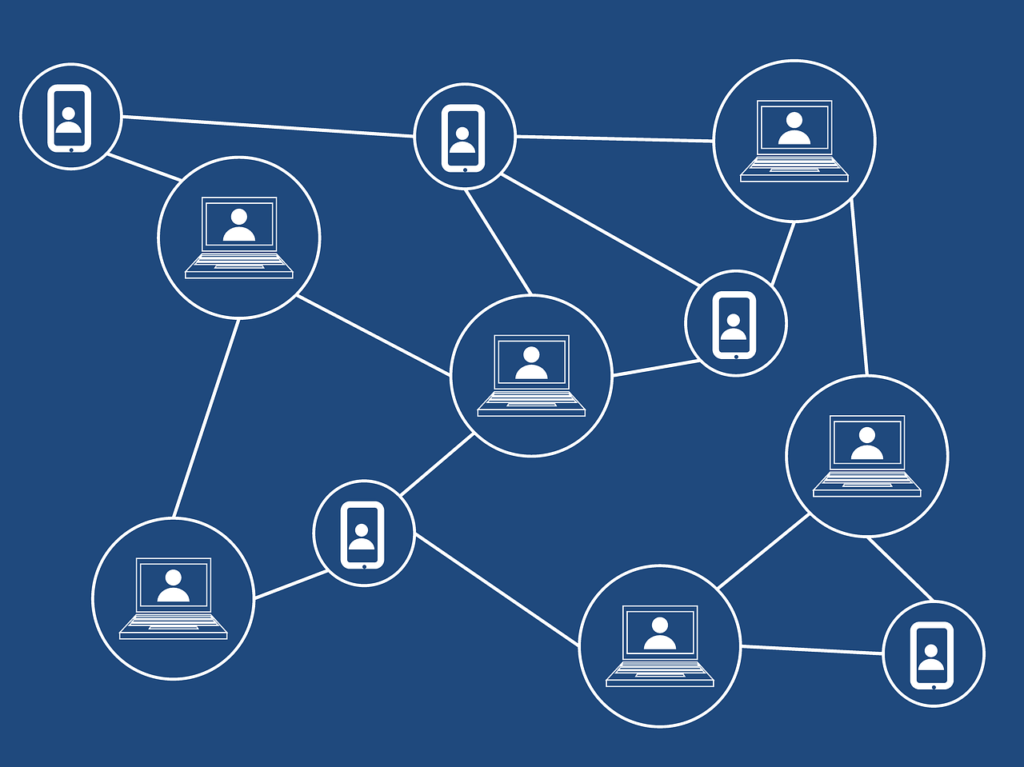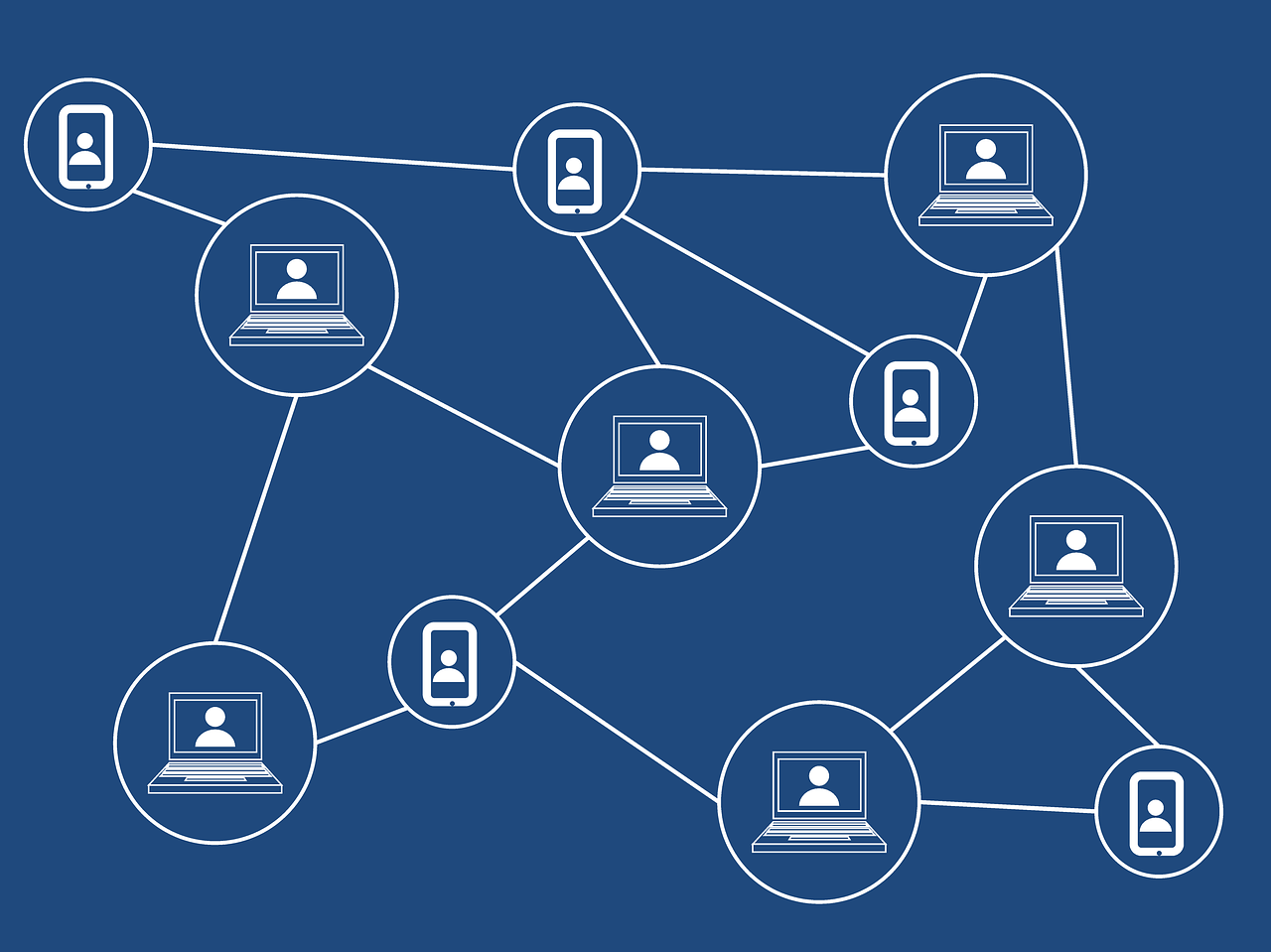Hey there! So you’ve probably heard about cryptocurrencies like Bitcoin and Ethereum, but have you ever wondered if there are cryptocurrencies that represent real-world assets? Well, you’re in luck! In this article, we’re going to delve into the fascinating world of real-world asset cryptocurrencies and explore what they are all about. So, get ready to dive into a whole new level of understanding as we unravel how these digital tokens are revolutionizing the way we view and invest in tangible assets. Let’s get started!

Overview of Real-World Asset Cryptocurrencies
Real-World Asset Cryptocurrencies are a type of digital currency that is backed by real-world assets, such as fiat currency, commodities, or real estate. These cryptocurrencies aim to bridge the gap between traditional financial systems and the decentralized nature of blockchain technology. By tokenizing real-world assets, these cryptocurrencies provide individuals with the opportunity to invest in assets that were previously inaccessible or illiquid.
Definition of Real-World Asset Cryptocurrencies
Real-world asset cryptocurrencies are digital tokens that represent ownership or rights to real-world assets. These assets can be physical, like gold or real estate, or financial, like fiat currency. The tokens are created on blockchain platforms, usually using smart contracts, to ensure transparency and immutability. The value of these cryptocurrencies is directly tied to the underlying asset, making them less volatile than other cryptocurrencies.
How Real-World Asset Cryptocurrencies Work
Real-world asset cryptocurrencies work by tokenizing the ownership or rights to an asset and representing them as digital tokens on a blockchain. These tokens are then bought and sold on cryptocurrency exchanges, allowing individuals to invest in a diverse range of assets without the traditional barriers of entry. The underlying assets are usually held in custodian accounts, with the tokens representing a fractional ownership in these assets. This allows for easy transferability, divisibility, and liquidity.
Advantages of Real-World Asset Cryptocurrencies
There are several advantages to using real-world asset cryptocurrencies. Firstly, they provide individuals with access to a wider range of investment opportunities. By tokenizing assets that were traditionally illiquid or inaccessible, these cryptocurrencies democratize investing and allow for greater financial inclusion. Additionally, they offer increased transparency and security due to the use of blockchain technology. The immutability and decentralized nature of the blockchain ensure that transactions are secure and cannot be altered. Furthermore, real-world asset cryptocurrencies can potentially mitigate counterparty risk by removing the need for intermediaries.

Different Types of Real-World Asset Cryptocurrencies
There are different types of real-world asset cryptocurrencies, each backed by a specific type of asset. The three main categories are fiat-backed stablecoins, commodity-backed cryptocurrencies, and real estate-backed cryptocurrencies.
Fiat-Backed Stablecoins
Definition of Fiat-Backed Stablecoins
Fiat-backed stablecoins are cryptocurrencies that are backed by a reserve of fiat currency, usually in a 1:1 ratio. These stablecoins aim to provide a digital representation of traditional fiat currencies, such as the US dollar or the Euro. The value of these stablecoins remains stable as it is pegged to the underlying fiat currency.
How Fiat-Backed Stablecoins are Created
Fiat-backed stablecoins are created by holding a reserve of the corresponding fiat currency in a custodian account. For every stablecoin minted, an equivalent amount of fiat currency is held in the reserve. This ensures that the stablecoin value is backed by the underlying fiat currency and maintains stability.
Examples of Fiat-Backed Stablecoins
Some popular examples of fiat-backed stablecoins include Tether (USDT), USD Coin (USDC), and TrueUSD (TUSD). These stablecoins have gained traction in the cryptocurrency market due to their price stability and widespread acceptance on various exchanges.

Commodity-Backed Cryptocurrencies
Definition of Commodity-Backed Cryptocurrencies
Commodity-backed cryptocurrencies are digital tokens that represent ownership or rights to specific commodities, such as gold or oil. These cryptocurrencies aim to provide investors with exposure to the value of the underlying commodities without the need for physical ownership.
Types of Commodities Backing Cryptocurrencies
Commodity-backed cryptocurrencies can be backed by a variety of commodities, depending on the specific token. Some examples include gold-backed cryptocurrencies, oil-backed cryptocurrencies, and even diamond-backed cryptocurrencies. The value of these tokens is linked to the market price of the underlying commodity.
Examples of Commodity-Backed Cryptocurrencies
One notable example of a commodity-backed cryptocurrency is DigixDAO (DGX), which is backed by physical gold. Each DGX token represents 1 gram of gold held in secure custodial vaults. This allows individuals to invest in gold without the need for physical storage or transfer.
Real Estate-Backed Cryptocurrencies
Definition of Real Estate-Backed Cryptocurrencies
Real estate-backed cryptocurrencies are digital tokens that represent ownership or rights to real estate properties. These cryptocurrencies enable fractional ownership of real estate, making it more accessible for individual investors.
How Real Estate-Backed Cryptocurrencies Work
Real estate-backed cryptocurrencies work by tokenizing the ownership of a real estate property. Each token represents a fractional ownership of the property, and the value of these tokens is tied to the underlying property’s market value. Investors can buy and sell these tokens on cryptocurrency exchanges, allowing for greater liquidity and transferability.
Benefits and Risks of Real Estate-Backed Cryptocurrencies
Real estate-backed cryptocurrencies offer several benefits, including increased access to real estate investments, liquidity, and diversification. These cryptocurrencies allow individuals to invest in real estate with smaller amounts of capital and avoid the complexities and costs associated with traditional real estate transactions. However, there are also risks involved, such as the potential for fraudulent projects or the lack of regulatory oversight in some jurisdictions. Investors should conduct thorough research and due diligence before investing in real estate-backed cryptocurrencies.

Regulation and Compliance
Challenges in Regulating Real-World Asset Cryptocurrencies
Regulating real-world asset cryptocurrencies poses several challenges for regulatory authorities. One major challenge is determining the adequate level of oversight and supervision to protect investors without stifling innovation. Since these cryptocurrencies bridge the gap between traditional finance and blockchain technology, regulators must strike a balance between encouraging financial innovation and safeguarding market integrity.
Compliance and Legal Considerations
Compliance and legal considerations are crucial in the development and operation of real-world asset cryptocurrencies. Depending on the jurisdiction and the nature of the asset, these cryptocurrencies may be subject to securities laws, anti-money laundering (AML) regulations, and know-your-customer (KYC) requirements. It is essential for issuers and operators of real-world asset cryptocurrencies to adhere to these regulations to ensure compliance and maintain the trust of investors.
Different Approaches to Regulating Real-World Asset Cryptocurrencies
Different countries are taking various approaches to regulate real-world asset cryptocurrencies. Some jurisdictions have implemented comprehensive frameworks that provide legal clarity and regulatory oversight. Others are taking a more cautious approach, opting for sandbox environments or pilot programs to better understand the risks and opportunities associated with these cryptocurrencies. It is crucial for regulators to collaborate with industry participants and take into account the unique characteristics and potential benefits of real-world asset cryptocurrencies while addressing potential risks.
Benefits and Risks of Real-World Asset Cryptocurrencies
Benefits of Real-World Asset Cryptocurrencies
Real-world asset cryptocurrencies offer several benefits compared to traditional assets. Firstly, they provide increased accessibility and inclusivity, allowing individuals from all backgrounds to invest in a wide range of assets. They also offer enhanced security and transparency through the use of blockchain technology, reducing the risk of fraud and manipulation. Additionally, real-world asset cryptocurrencies enable fractional ownership and divisibility, making it easier to diversify portfolios and manage investments.
Risks and Challenges Involved
While real-world asset cryptocurrencies offer many benefits, they also come with their own set of risks and challenges. One primary risk is the potential for regulatory uncertainty. As regulators continue to grapple with how to classify and regulate these cryptocurrencies, there is a risk of sudden changes in regulations that could impact their value and usability. Additionally, the lack of standardized practices and protocols across different platforms and issuers can pose risks to investors. The volatility of the underlying assets, such as commodities or real estate, can also affect the value of these cryptocurrencies.
Real-World Asset Cryptocurrencies vs. Traditional Assets
Differences between Real-World Asset Cryptocurrencies and Traditional Assets
Real-world asset cryptocurrencies differ from traditional assets in several ways. Firstly, they offer increased flexibility and accessibility, allowing for fractional ownership and easy transferability. Traditional assets, on the other hand, often require substantial capital and involve complex procedures to buy, sell, or transfer ownership. Additionally, real-world asset cryptocurrencies provide transparency and security through the use of blockchain technology, while traditional assets may rely on intermediaries for transaction verification and settlement.
Potential Impact on Traditional Financial Systems
The rise of real-world asset cryptocurrencies has the potential to disrupt traditional financial systems. These cryptocurrencies offer an alternative investment avenue and can appeal to individuals who are dissatisfied with the limitations and inefficiencies of traditional financial systems. The increased accessibility and inclusivity of real-world asset cryptocurrencies could lead to a shift in how assets are bought, sold, and owned, potentially challenging the traditional intermediary-based model.
Applications of Real-World Asset Cryptocurrencies
Payments and Remittances
Real-world asset cryptocurrencies can be used for seamless and efficient cross-border payments and remittances. By eliminating the need for intermediaries, these cryptocurrencies offer faster and cheaper transactions compared to traditional banking systems. The transparency and immutability of blockchain technology also provide increased security and traceability for payments and remittances.
Asset Fractionalization
Real-world asset cryptocurrencies enable fractional ownership and divisibility of assets, allowing individuals to invest in assets that were previously out of reach. Fractionalization allows for greater diversification and reduces the barriers to entry for investors, particularly in high-value assets like real estate or rare commodities. This can lead to increased liquidity and flexibility in investment portfolios.
Emerging Markets and Financial Inclusion
Real-world asset cryptocurrencies can play a significant role in promoting financial inclusion, especially in emerging markets. These cryptocurrencies provide individuals with access to investment opportunities that were traditionally limited to certain groups or geographic regions. By leveraging blockchain technology, real-world asset cryptocurrencies can bypass the need for costly intermediaries and provide financial services to the unbanked and underbanked populations.
The Future of Real-World Asset Cryptocurrencies
Potential Growth and Adoption
The future of real-world asset cryptocurrencies looks promising, with potential for significant growth and adoption. As individuals seek more accessible and inclusive investment options, the demand for these cryptocurrencies is expected to increase. Improved regulatory frameworks and increased collaboration between industry participants and regulators will likely contribute to the widespread adoption of real-world asset cryptocurrencies.
Challenges in Widespread Adoption
Despite the potential for growth, there are still several challenges to overcome for widespread adoption of real-world asset cryptocurrencies. Regulatory uncertainties, scalability issues, and interoperability challenges are key areas that need to be addressed. Education and awareness about the benefits and risks of these cryptocurrencies will also play a crucial role in their widespread adoption.
Integration with Decentralized Finance (DeFi)
Real-world asset cryptocurrencies have the potential to integrate with the emerging field of decentralized finance (DeFi). DeFi platforms leverage blockchain technology to provide decentralized alternatives to traditional financial services, such as lending, borrowing, and trading. By integrating real-world asset cryptocurrencies into DeFi protocols, individuals can access a wider range of financial services, further expanding the utility and adoption of these cryptocurrencies.
In conclusion, real-world asset cryptocurrencies offer a bridge between traditional assets and the decentralized nature of blockchain technology. By tokenizing real-world assets, these cryptocurrencies provide individuals with increased accessibility, security, and transparency in investing. From fiat-backed stablecoins to commodity-backed cryptocurrencies and real estate-backed cryptocurrencies, there are various types of real-world asset cryptocurrencies catering to different investment preferences. While there are benefits and risks associated with these cryptocurrencies, their potential to disrupt traditional financial systems and promote financial inclusion is significant. With proper regulation, collaboration, and technological advancements, real-world asset cryptocurrencies have the potential to reshape the future of investing and financial services.
